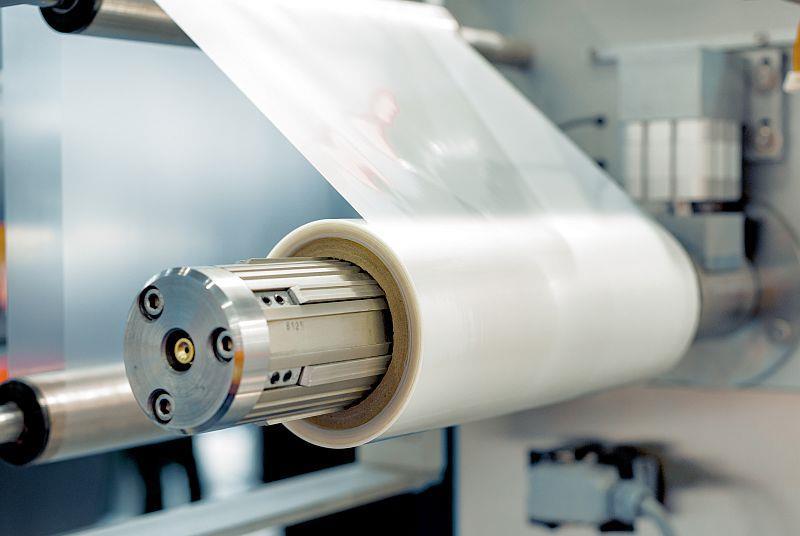- Introduction
Static electricity is a part of everyday life and it occurs when electrical charge accumulates on a surface which does not have the ability to dissipate the charge, like nonpolar polymers. When the charged surface comes in contact with a conductor, or two electrostatically charged surfaces come in contact, an electrostatic discharge occurs, as shown in Figure 30.1. When uncontrolled, this is a highly undesirable phenomenon, being at least a nuisance or dangerous if it occurs in a processing environment. Dust attraction and collection on the surface is a very common occurrence in polyethylene (PE) articles, but more dangerous are electric shocks, sparks and electric discharges that can damage the equipment used in processing PE films or sheets.

- Working Principle of Antistatic Additive
Antistatic molecules have a typical surfactant-type or amphiphilic structure and all consist of one or two aliphatic fatty “tails” and a polar “head,” as depicted in Figure 30.3.

This hydrophilic and hydrophobic behavior of the additive is a key attribute in performing as an antistatic additive. Since PE is an aliphatic chain, the nonpolar fatty tail of the antistatic additive is very compatible with the polyolefin matrix while the polar head is not compatible with the PE matrix. By optimizing the balance of polar-nonpolar segments in the molecule, the degree of compatibility can be tuned.
After incorporation into the polymer matrix, the additives migrate to the surface to provide an antistatic effect. The entire mechanism of the physical migration is based on the polarity difference between the polar head of the antistatic additive and the nonpolar characteristic of PE. The additives will migrate to the surface of the PE compound and the polar segment will appear at the surface, forming a molecular layer at the interface, making the surface polar. The polar head also attracts moisture from the environment and secures a molecular water layer on the surface. It is this moisture accumulation that helps to dissipate the electricity. This provides solutions in processing and service life of the polymer which is inherently sensitive to static charge buildup, solving problems like static discharge (which causes electrical sparks), sticking of film layers to each other, and dust accumulation. Figure 30.4 illustrates the mechanism of static electricity dissipation in a PE compound containing antistatic additives.

Differences in density and crystallinity of the various PE types have a major impact on the migration rate of the additive. In low density polyethylene (LDPE), particularly injection molded articles, the migration of the additive occurs rapidly, but in the case of high density polyethylene (HDPE) the migration rate is slower. Antistatic additive migration rate is reduced as the crystallinity of PE increases, from LDPE to HDPE.
